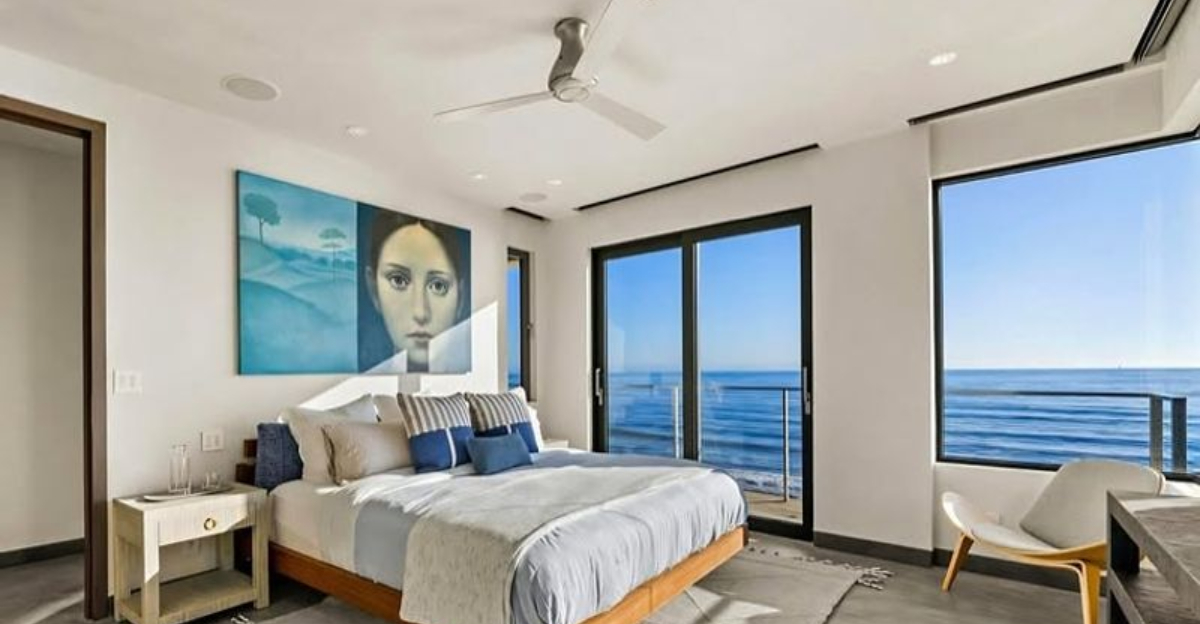Ever walked into a million-dollar home and felt strangely underwhelmed? Not all expensive houses deliver the luxury experience their price tags promise.
Many high-end homes hide surprising shortcuts and design flaws behind their impressive facades. Come with me to explore why some pricey properties still manage to feel surprisingly cheap once you step through the front door.
1. Builder-Grade Fixtures Throughout
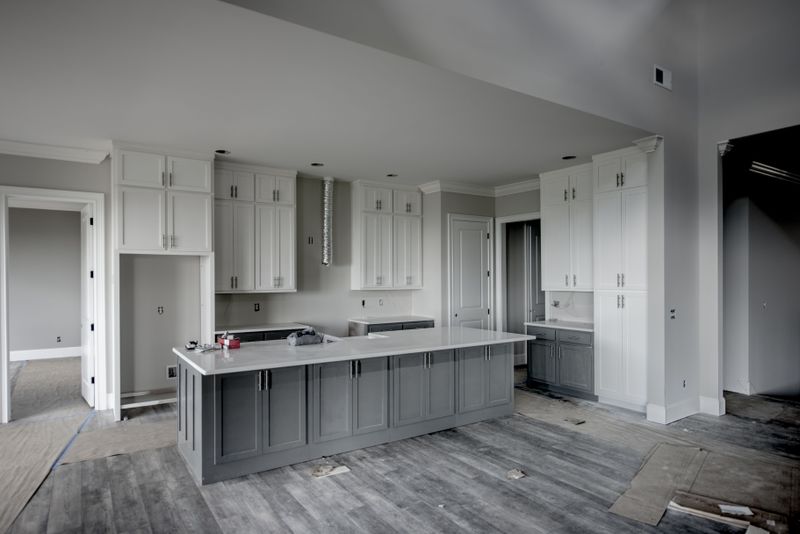
Walking through a mansion with the same doorknobs you’d find at a budget motel creates an instant disconnect. Many developers save thousands by installing basic fixtures, assuming buyers won’t notice.
These mass-produced pieces lack the weight, finish quality, and craftsmanship that luxury homes deserve. The difference between builder-grade and custom hardware is immediately felt in your hand.
2. Poor Lighting Design
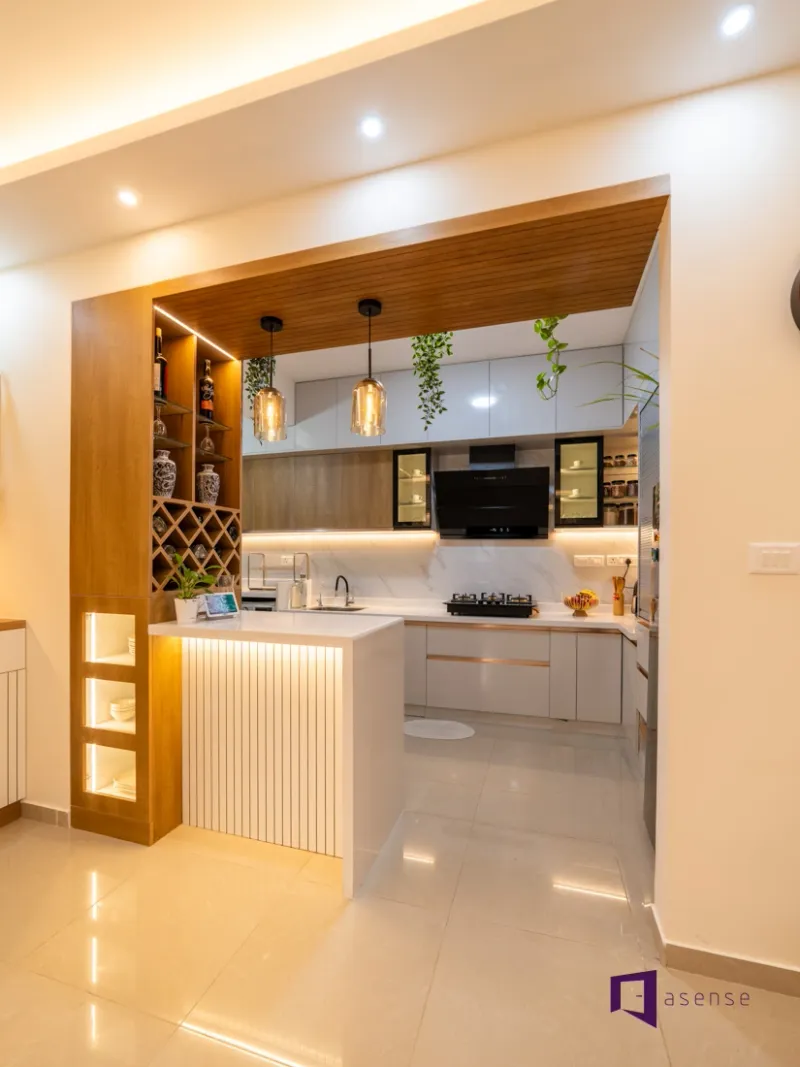
Nothing screams ‘amateur hour’ like a poorly lit mansion. When homeowners skimp on layered lighting, relying solely on harsh overhead fixtures, the space feels institutional rather than inviting.
Proper illumination requires thoughtful placement of ambient, task, and accent lighting. Without this careful orchestration, even the most expensive rooms feel flat, one-dimensional, and surprisingly unwelcoming.
3. Hollow Core Interior Doors
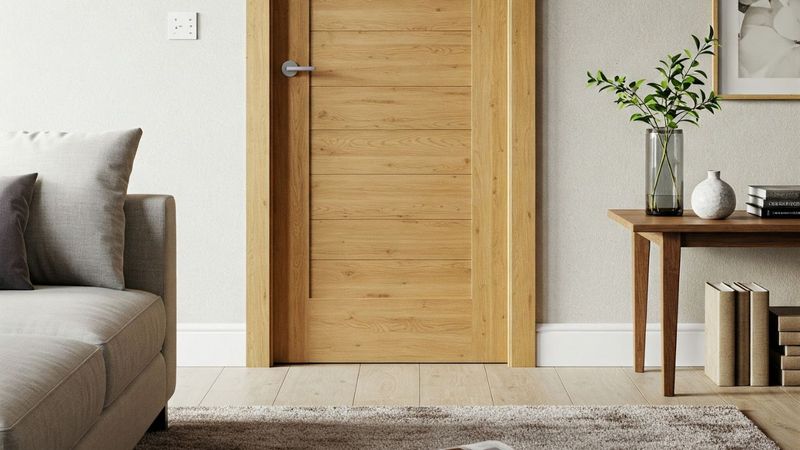
Imagine paying millions for a home where the doors feel like cardboard! The hollow thud when closing these lightweight doors instantly cheapens the entire experience. Solid wood doors with substantial hardware communicate quality through both sound and feel.
Their weight and acoustic properties create that satisfying, secure sensation that hollow alternatives simply cannot match, regardless of how fancy the surrounding home might be.
4. Vinyl Flooring Masquerading as Hardwood
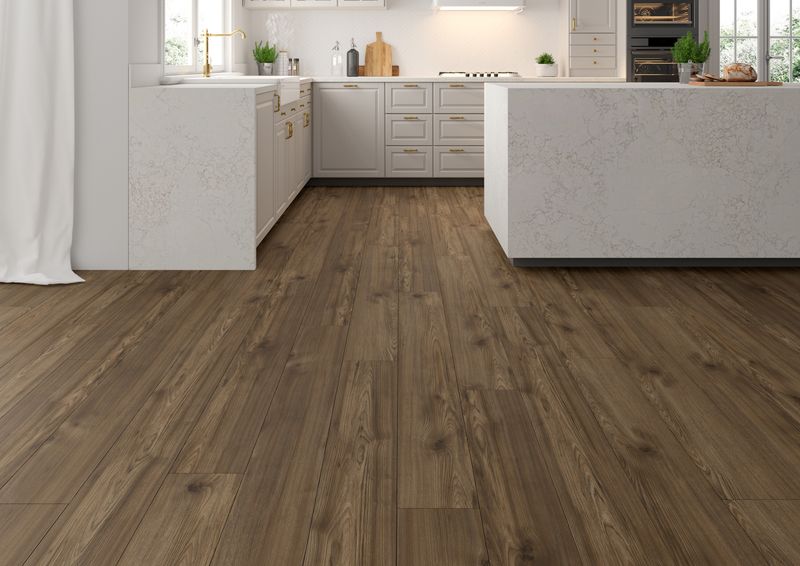
You can’t fool educated feet! Despite technological advances in vinyl and laminate flooring, the tactile experience never quite matches real hardwood or stone.
The hollow sound underfoot, the slightly too-perfect patterns, and the uniform temperature all betray the truth. While practical for certain spaces, these imitations create a jarring contrast when surrounded by otherwise expensive finishes.
5. Mass-Produced Cabinetry
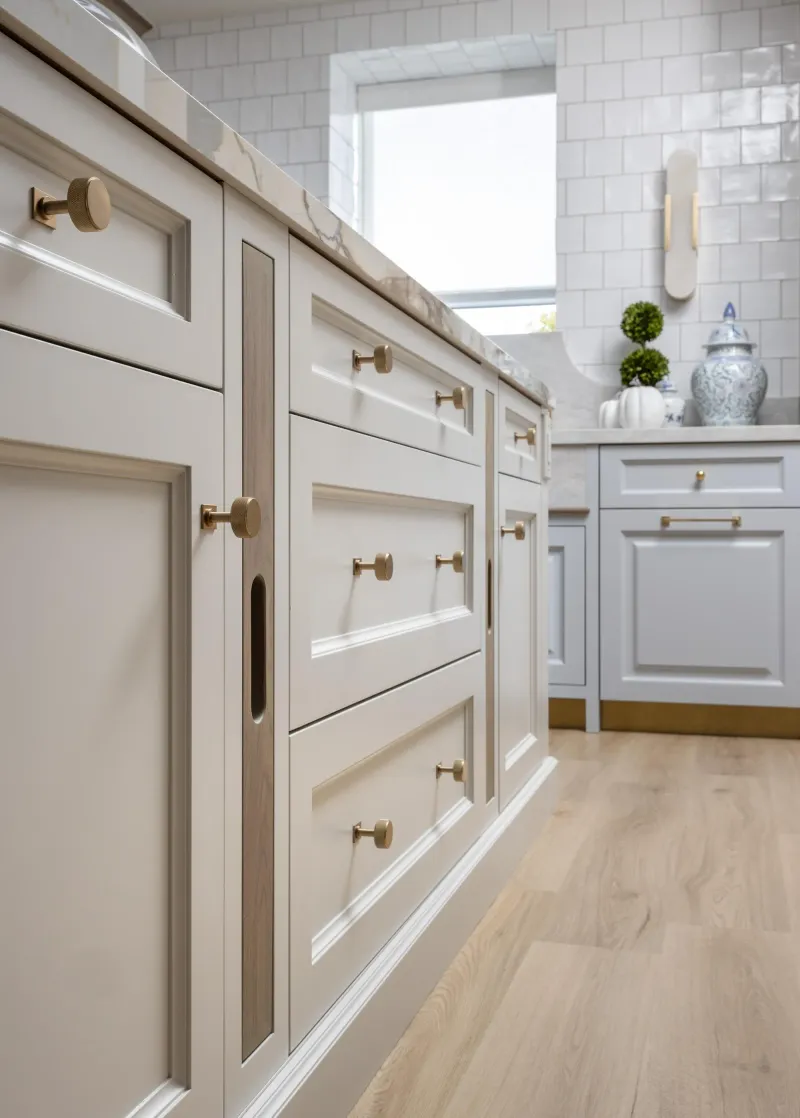
Cabinet quality speaks volumes about a home’s true value. Cookie-cutter cabinets from big box stores stick out like a sore thumb in otherwise custom spaces. The telltale signs are everywhere – flimsy drawer construction, visible seams, and standardized sizes that don’t quite fit the space.
Custom cabinetry, by contrast, feels substantial and fits the room’s proportions perfectly, creating that seamless, built-in look that exudes quality.
6. Mismatched Design Elements
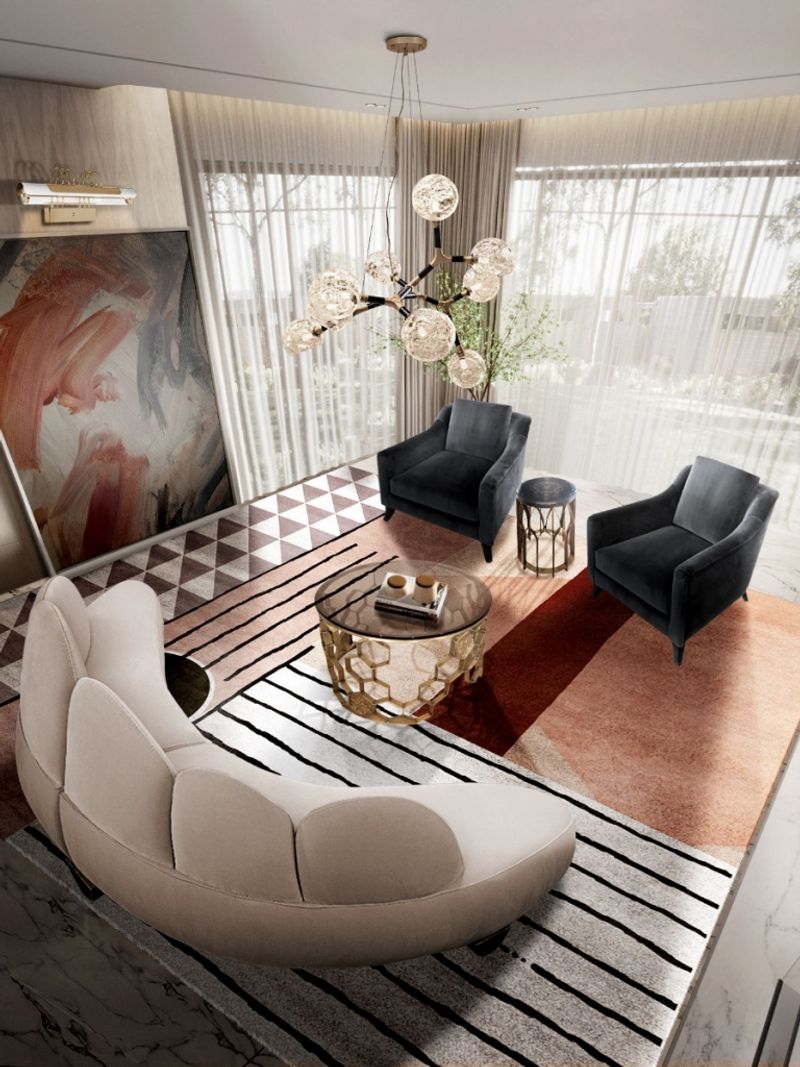
Have you ever noticed how some expensive homes feel like a random collection of luxury catalogs? When homeowners chase trends without cohesion, the result is visual chaos. A farmhouse sink doesn’t belong with ultra-modern fixtures.
Tuscan columns clash with Scandinavian minimalism. This decorative identity crisis signals that money was spent without the guidance of a unified design vision, resulting in an expensive yet disjointed space.
7. Uninspired Architectural Details
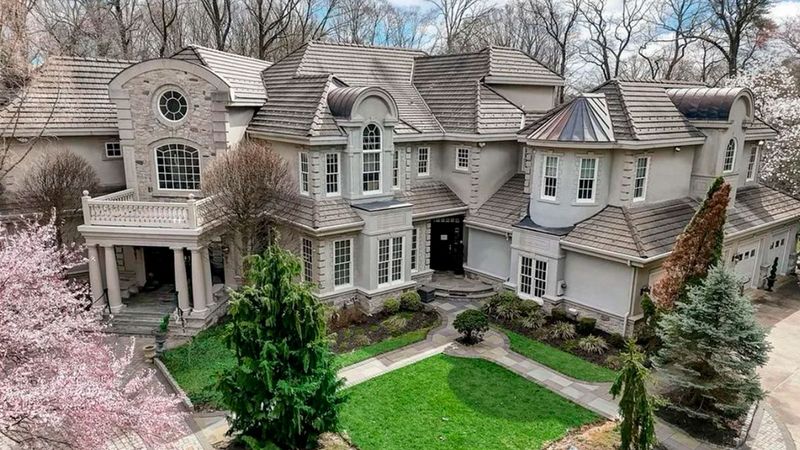
Money can’t buy taste, especially when it comes to architectural flourishes. McMansions often feature bizarre combinations of columns, arches, and moldings that reference classical elements without understanding their purpose or proportion.
These awkward, oversized details scream ‘trying too hard’ rather than timeless elegance. True architectural harmony comes from respecting historical precedent while maintaining appropriate scale and consistency throughout the home.
8. Visible Shortcuts in Finishing Work
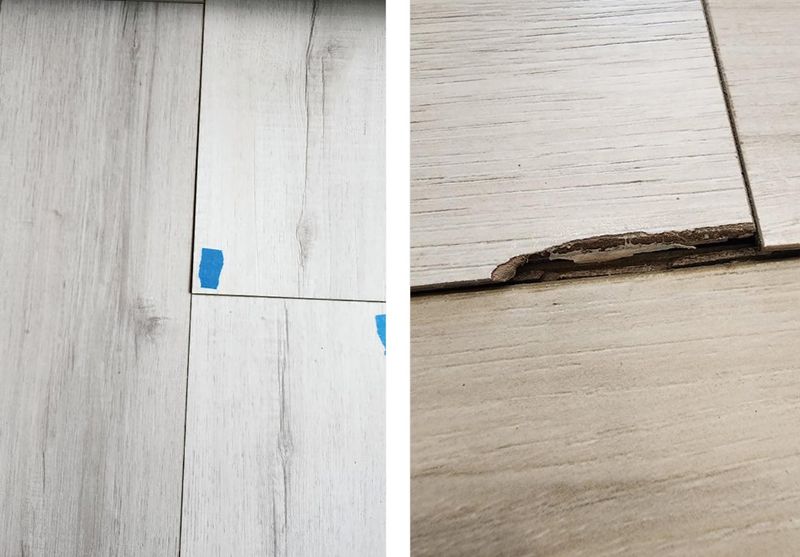
The devil truly lives in the details. Keen eyes will spot where corners were cut – misaligned patterns in stone or tile, uneven grout lines, or sloppy transitions between materials.
Even worse are visible fixes like caulk used to hide gaps in molding or paint splatter on fixtures. The small but noticeable flaws reveal that craftsmanship was sacrificed for speed or budget, despite the home’s impressive price tag.
9. Outdated Technology Integration
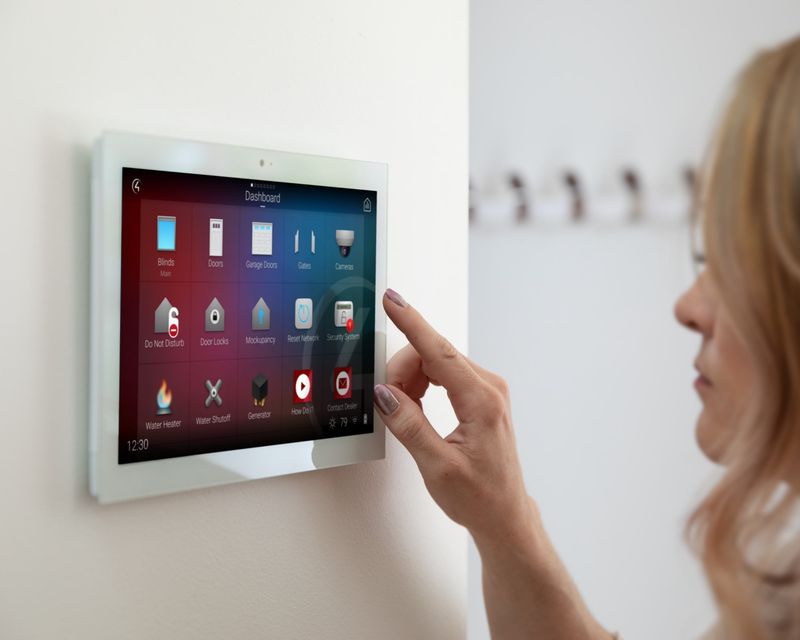
Nothing dates an expensive home faster than yesterday’s technology. Dedicated iPad docks from 2012, clunky intercom systems, or visible tangles of outdated wiring make even pricey spaces feel behind the times.
Smart homes should feature flexible, upgradable systems that disappear into the architecture. When technology calls attention to itself rather than seamlessly enhancing comfort and convenience, it creates a jarring reminder of poor planning.
10. Insufficient Insulation and Soundproofing
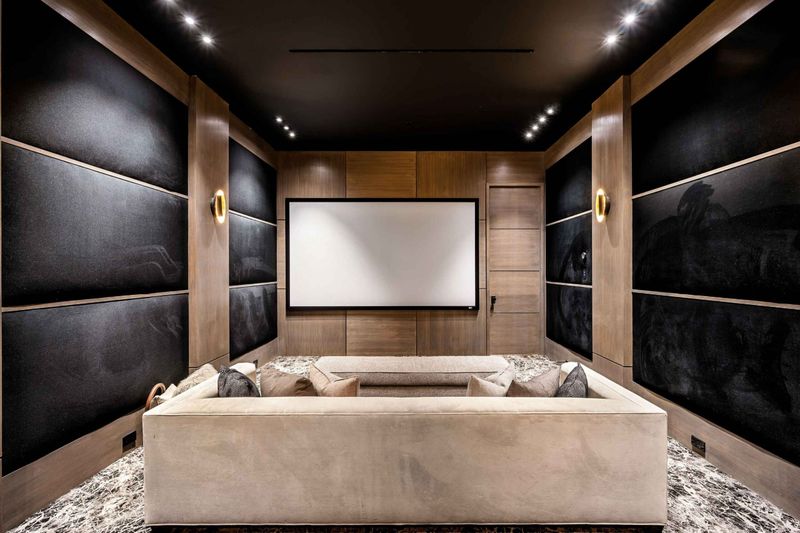
Luxury should whisper, not echo. When footsteps from upstairs sound like a herd of elephants or you can clearly hear conversations through walls, the home immediately feels less substantial. Quality construction prioritizes acoustic comfort through proper insulation between floors and rooms.
This invisible investment might not photograph well for listings, but its absence is immediately noticeable and significantly diminishes the living experience regardless of the home’s price.
11. Proportional Mistakes in Room Design

Size alone doesn’t create grandeur – proportion matters more. Cavernous rooms with standard-height ceilings create uncomfortable, echoing spaces that feel more like commercial buildings than homes. Conversely, tiny bathrooms in otherwise spacious houses create jarring transitions.
True luxury comes from spaces whose dimensions feel purposeful and harmonious, where ceiling heights, room depths, and doorway sizes all work together to create a sense of intentional design.
12. Cheap Bathroom Fixtures
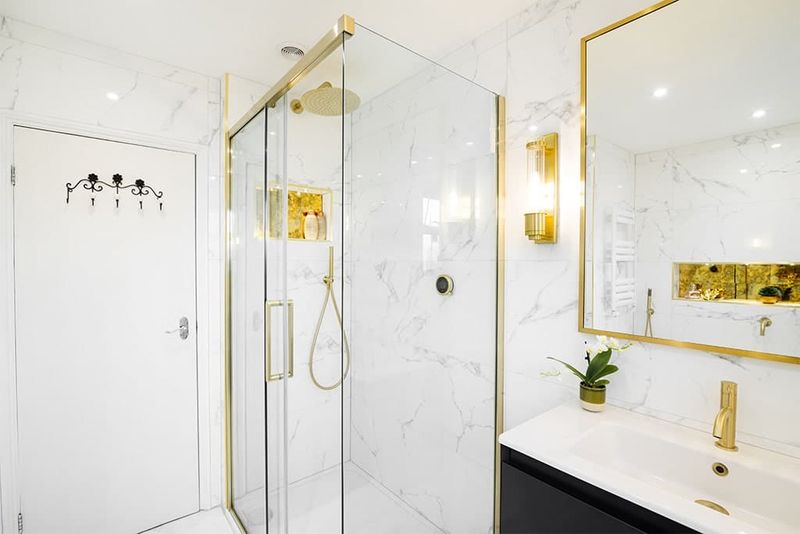
First impressions in bathrooms form quickly. Plastic-feeling faucets, flimsy shower doors, and budget vanities instantly undermine luxury pretensions, regardless of fancy countertops or expensive tile surrounding them.
Quality bathroom fixtures have substantial weight and precise operation. When homeowners splurge on marble but install faucets that wobble or shower systems with weak water pressure, they create an experience that feels compromised and inconsistent.
13. Overlooked Functional Storage
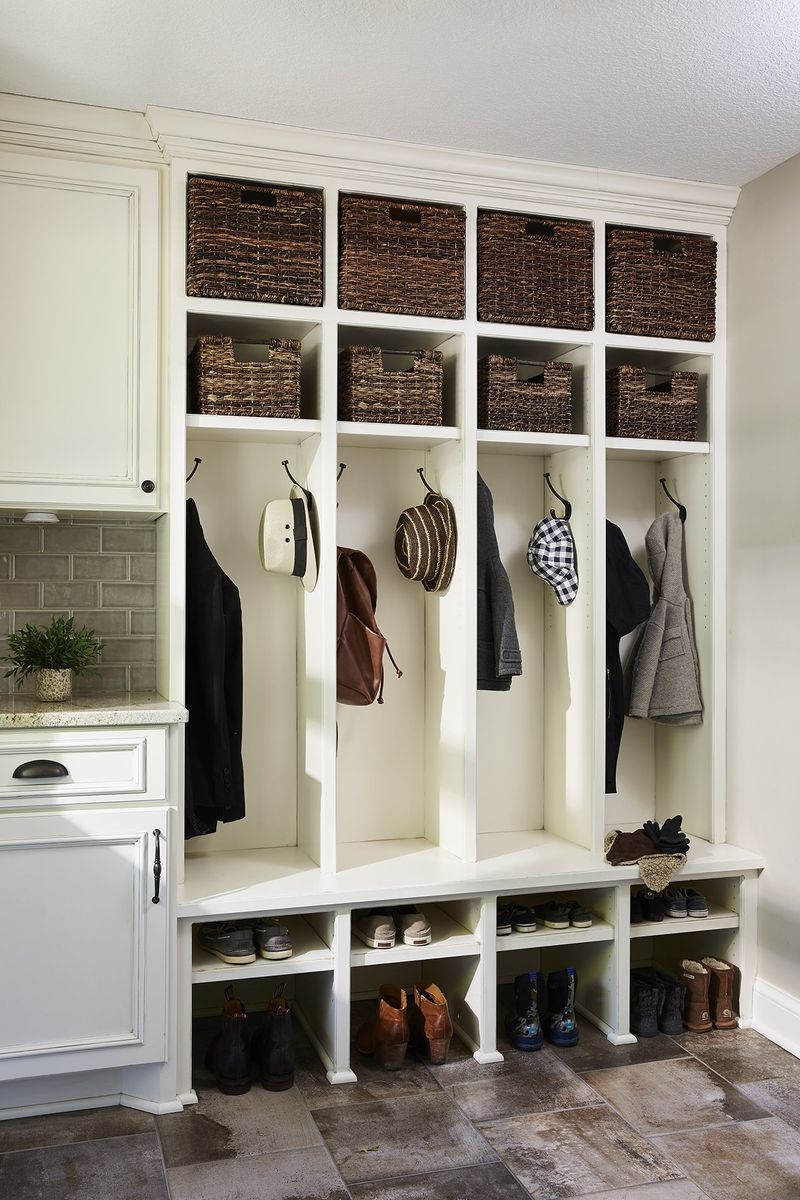
Truly luxurious homes anticipate real-life needs. When expensive properties lack thoughtful storage solutions – from mudroom organization to kitchen pantries to linen closets – daily living becomes unnecessarily complicated.
Watching homeowners scramble to hide everyday items reveals poor planning. Proper storage should be abundant yet discreet, allowing spaces to maintain their aesthetic appeal while accommodating the practical realities of actually living in the home.
14. Inadequate HVAC Systems
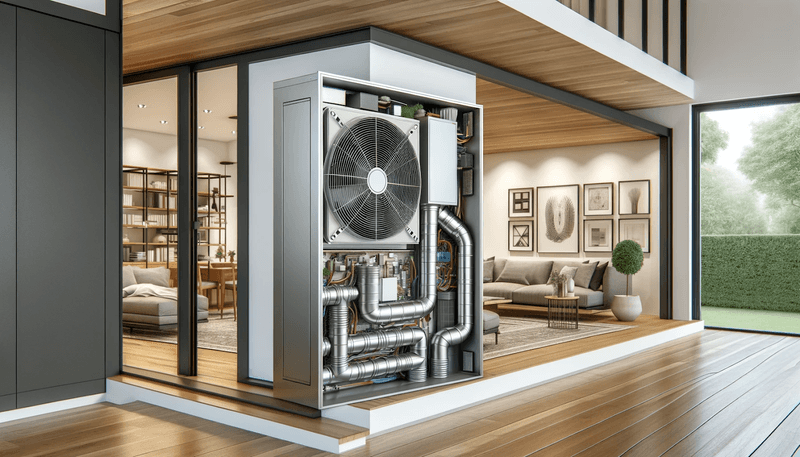
Climate control separates truly luxurious homes from pretenders. Multiple zones, consistent temperatures, and silent operation are non-negotiable for genuine comfort.
When expensive homes have hot spots, cold drafts, or noisy systems constantly cycling on and off, the experience feels decidedly mid-grade. The invisible investment in proper heating and cooling affects comfort more than almost any visible feature, yet is often compromised to save costs.
15. Generic Paint Finishes
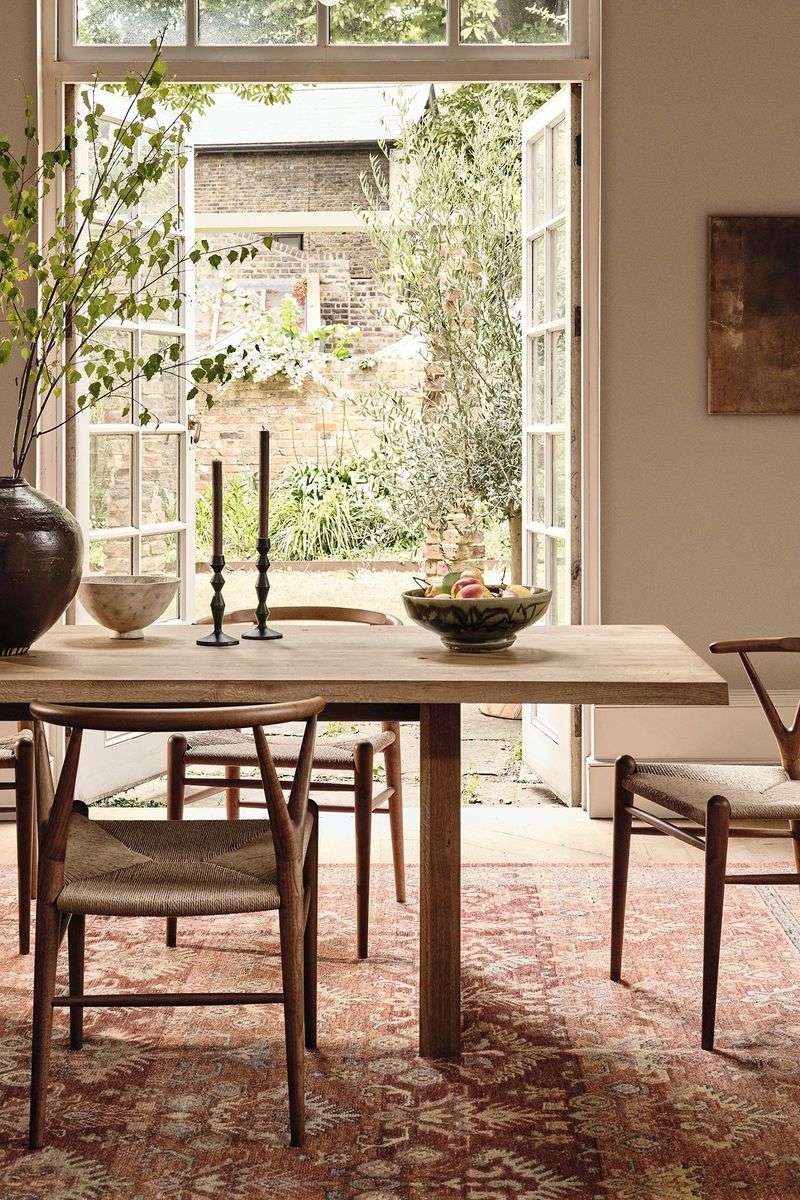
Those flat, builder-white walls tell a story of compromise. Quality paint applications involve multiple finishes appropriate to each space – eggshell for living areas, satin for kitchens, specialized finishes for high-moisture areas.
The subtle depth and luminosity of premium paints applied by skilled professionals creates an ambient quality that generic options cannot match. This seemingly small detail has an outsized impact on how expensive a space actually feels.
16. Poor Window Quality
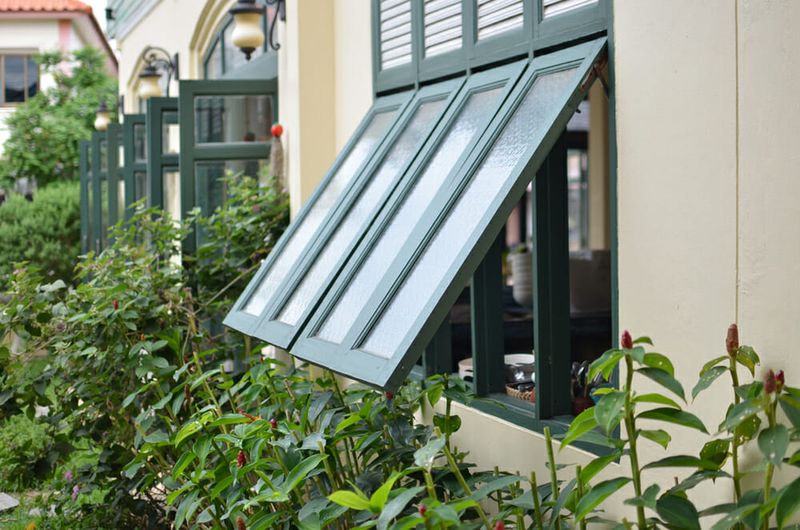
Windows are literally the lens through which we view our surroundings. Thin glass, flimsy frames, or difficult operation immediately signal cost-cutting, regardless of the view they frame. Quality windows close with a solid thunk, block outside noise, and maintain comfortable temperatures near them.
When homeowners install budget windows in otherwise expensive homes, they compromise both aesthetics and comfort in ways that are impossible to ignore.
17. Excessive Faux Finishes

Authenticity cannot be faked. Homes filled with imitation materials – faux marble counters, stick-on brick veneers, or plastic “wood” beams – create an uncanny valley effect where nothing feels quite right. The disconnect between appearance and tactile experience creates cognitive dissonance.
One touch reveals the truth, as these surfaces lack the thermal properties, weight, and natural variations that make genuine materials so satisfying in luxury environments.
18. Landscaping Disconnected from Architecture
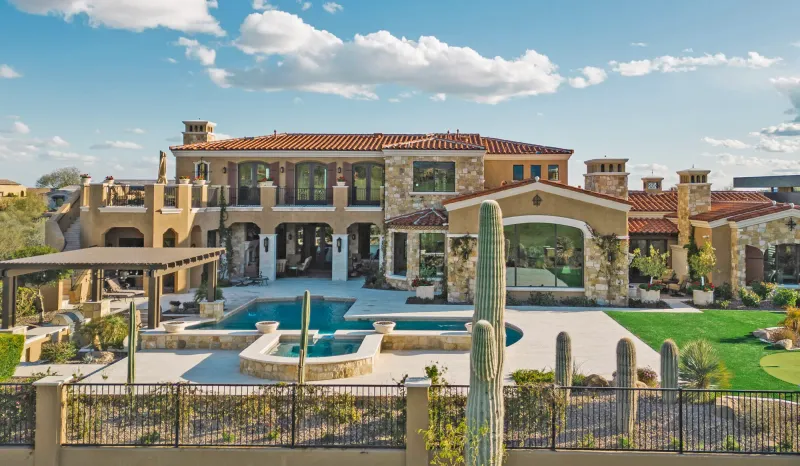
First impressions start before entering. When exterior elements don’t converse with interior design, the transition feels jarring rather than harmonious.
Mediterranean-style gardens surrounding contemporary homes or overly manicured landscapes against rustic architecture create visual confusion. Truly cohesive properties extend their design language seamlessly from inside to outside, creating a unified experience that feels intentional and complete.

